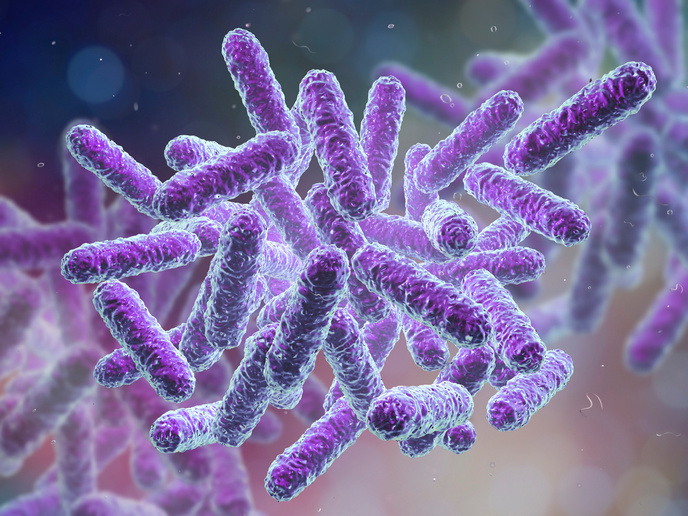A low-cost sensor for monitoring drug-resistant bacteria
Investigating the characteristics of pathogenic bacteria, such as how quickly they grow and how they respond to antibiotics, is a cornerstone of clinical practice. Yet for many microbiology labs outside western Europe and the United States, these tests can be prohibitively costly. The EU-funded MuFLOART project sought to develop low-cost alternatives that could be deployed anywhere. “The equipment for getting this data is very routine, incredibly boring, yet surprisingly expensive,” notes project researcher Robert Beardmore(opens in new window).
Building a cheaper alternative
The search for an alternative began when University of Exeter(opens in new window) mathematicians Beardmore and Ivana Gudelj(opens in new window) started their own lab. “Working with experimentalist colleagues, they were reluctant to go down the paths we suggested, so we set up our own lab to explore some of our dafter ideas,” adds Gudelj, MuFLOART project coordinator. “We were being overcharged for very standard equipment, so we thought we’d make some ourselves,” continues Beardmore. “Maths and coding give you enough insight to start cobbling something together yourself.” In place of a typical EUR 30 000 photospectrometer(opens in new window) is a patent-pending EUR 200 prototype that has a fraction of the footprint. “We tried to create a device that was small, low energy, lightweight, could run off solar, that can read the data labs need from bacterial pathogens,” explains Beardmore. The pair add there is nothing cutting edge in the machine, only a novel repurposing of pre-existing technology and a lot of troubleshooting. “It’s about looking at things trained microbiologists might not be interested in,” adds Gudelj.
Research and educational use
The low-cost device is unlikely to appear in clinics in western Europe and the United States. “It’s cheaply produced equipment, but it costs a lot to develop a clinically approved device. We couldn’t access the clinical markets because of those guidelines,” notes Beardmore. Instead, Gudelj and Beardmore see the budget spectrophotometers finding their niche in research labs or in developing nations that need medical care in populations spread over large geographical distances. The devices may also be taken up by schools and educational centres to help students gain first-hand experience in quantifying and describing bacteria, and locations with restricted access to medical clinics, such as ships, submarines and even spacecraft. “NASA were positive about spectrophotometry for Mars missions that could require a machine like this,” says Beardmore. “Classic spectroscopes in our lab weigh 40 kilograms, we can make one weighing 500 grams.”
High risk, high reward
The project was supported by the EU’s Horizon 2020 programme. “We wouldn’t have reached this stage with a prototype without the EU funding,” says Gudelj. “Making that first step was really important. The ERC took a chance on a high-risk idea with high potential reward, something not down a well-trodden path.” “We have made prototypes, demonstrated they work, the data is good and the groundwork done, but to take a device from lab to market, the steps are monumental,” explains Beardmore. “From patents and CE marking to software development, it’s a long process.” Gudelj and Beardmore are seeking more funding to continue development. If successful, the high price of lab services for two mathematicians may end with an affordable desktop spectrophotometer for everyone.







